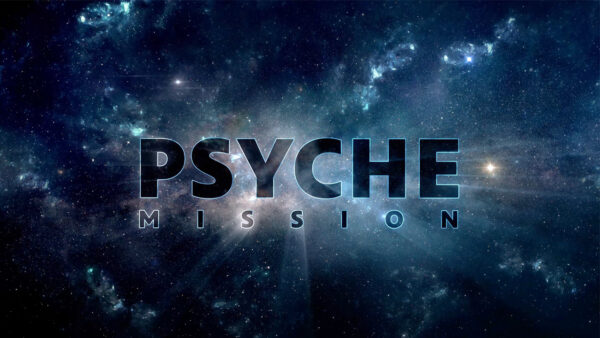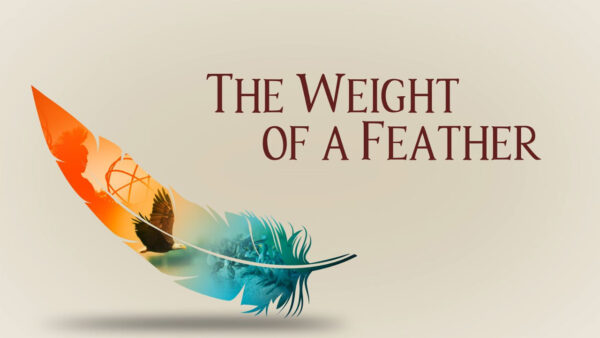The Journey To Palomar
June 22, 2011
– Before We Went to the Moon, George Ellery Hale Took Us to the Stars –
The Journey To Palomar is the story of American astronomer George Ellery Hale’s dramatic public and private struggles to build the world’s four largest telescopes, which set the stage for astronomy and space exploration throughout the 20th century, revealing the greatest discoveries since Galileo and Copernicus. The documentary airs Wednesday, June 22, 2011 at 10 p.m. on Eight. It traces Hale’s lifelong efforts to build these great instruments, culminating with “the most famous telescope in the world” — the million-pound telescope on Palomar Mountain.
The Journey To Palomar, the result of more than five years’ work by Los Angeles filmmakers Todd and Robin Mason, traces the story of the Chicago-born Hale (1868-1938), considered the father of astrophysics, as he strives personally and professionally to build the great telescopes at the Yerkes and Mount Wilson Observatories, and finally the 20-year effort to build the million-pound telescope on Palomar Mountain — considered the “moon shot” of the 1930s and 40s. Hale’s observatories enabled Edwin Hubble’s 1929 discovery of the expansion of the universe.
The film uses rare archival materials and interviews with America’s top historians, scientists and authors to tell Hale’s story. His observatories both revolutionized our understanding of the universe and led the growing pre-eminence of American science and technology. A dedicated scientist and inventor who was also blessed with an entrepreneurial gift, Hale believed America offered the best platform upon which to investigate and develop scientific truth. He successfully engaged the nation’s leaders in business, science and politics to support his vision.
Hale’s energetic promotion of American science, however, came at a high personal cost. He struggled to overcome a nervous condition, brought on by overwork, commonly referred to as “neurasthenia.” His unusually fragile constitution was no match for his “Chicago ambition,” as historian Kevin Starr says. Hale suffered a series of collapses, including frightening hallucinations. As author Richard Preston describes in the film, “Hale’s mental problems are very much a part of his creative genius, his brilliance.” Hale didn’t live to see the completion of his greatest masterpiece, the Palomar Mountain telescope, yet he succeeded in creating an “American science.”
The Journey to Palomar highlights the crucial role of Hale’s observatories in the establishment, growth and strengthening of the nation’s scientific institutions during his lifetime. The progress of U.S. science was intertwined with other signs of national progress, including the rise of Chicago as America’s business powerhouse, the rise of California as a center of innovation, and the nation’s industrial and economic development in competition with Europe. The film depicts the roles of people from multiple levels of American society all working toward the goal of discovering the larger truth of the universe — everyone from glass workers in Corning, New York, to scientific geniuses like Albert Einstein and Edwin Hubble to American “captains of industry” like Andrew Carnegie, John D. Rockefeller Jr. and Chicago streetcar baron Charles Yerkes.
The Journey of Palomar unfolds like a drama that follows the course of Hale’s accomplished but difficult life and the achievements that continued in his name even after his death.
Distinguished on-camera participants include:
• Dr. Richard Ellis, director emeritus of the optical observatories of the California Institute of Technology. • Dr. Wendy Freedman, director of the observatories of the Carnegie Institution of Washington. • Dr. David Baltimore, Nobel laureate and president emeritus, California Institute of Technology.
• Dr. Ronald Florence, author of The Perfect Machine: Building the Palomar Telescope.
• Dr. Richard Preston, journalist and author of numerous best-selling books, including First Light, about the achievements at Palomar in the 1970s and 80s. • Dr. Robert Brucato, assistant director emeritus, Palomar Observatory.
• Dr. Kevin Starr, author, professor of history at the University of Southern California and California State Librarian Emeritus. Dr. Starr was also a daily columnist for the San Francisco Examiner and has been a contributing editor to the Los Angeles Times since 1994.
• Dr. David DeVorkin, curator, History of Astronomy, Smithsonian National Air and Space Museum.
• Dr. Donald Miller, author of City of the Century (which became an AMERICAN EXPERIENCE film in 2003) and professor of history at Lafayette College in Easton, Pennsylvania.
)



















